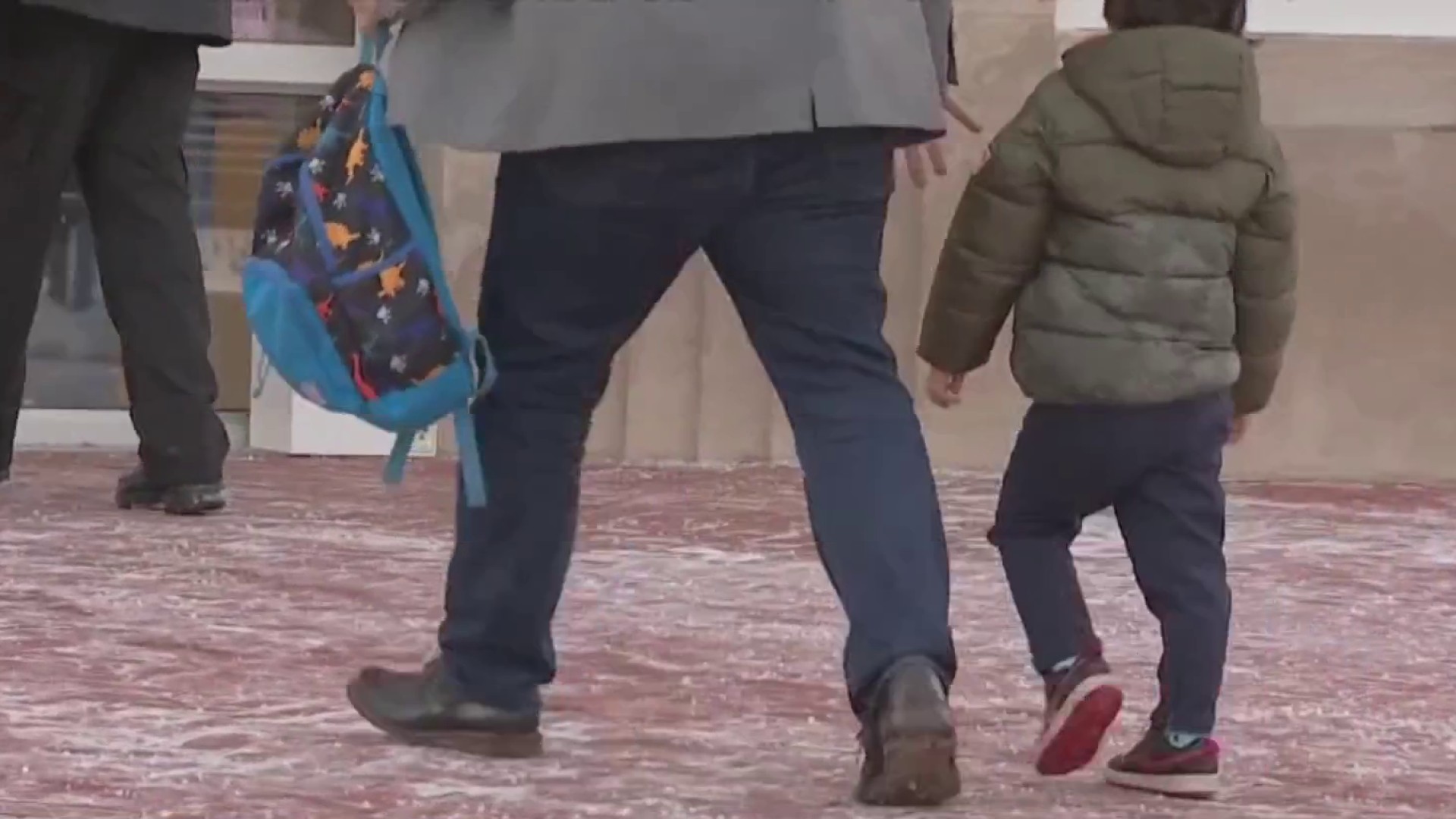One year since the attack on the U.S. Capitol, the events of that day stick with the first responders who came to the aid of police and protesters during a uniquely dangerous situation.
U.S. Capitol Police Sgt. Aquilino Gonell found himself in hand-to-hand combat on the west front tunnel of the Capitol building.
“I almost lost my life,” Gonell said.
Suffering a crushed foot, torn shoulder and mangled thumb, Gonell was in need of help that came in the form of D.C.'s emergency medics.
We've got the news you need to know to start your day. Sign up for the First & 4Most morning newsletter — delivered to your inbox daily. >Sign up here.
Trained first responders worked their way through a dangerous mob to help the wounded.
“Fighting themselves through the crowd just to get to us. It says a lot,” Gonell said.
But D.C. Fire and EMS Chief John Donnelly said that meant firefighters took risks like never before.
Local
Washington, D.C., Maryland and Virginia local news, events and information
“Our starting procedure is you don't enter a crowd without law enforcement, and they didn't have law enforcement with them,” he said.
But Jan. 6 was no ordinary day for these men and women.
“So they had to make a decision about whether or not they would take that risk, and they repeatedly took the risk,” Donnelly said.
A News4 I-Team review of emergency radio calls and D.C. government official emails shows the depth of the challenges firefighters and medics faced that day.
D.C. Fire and EMS' command staff sent alerts to city officials about large crowds on the National Mall a 7:44 a.m. By 9:04 a.m., they alerted officials that 10,000 people were outside the Ellipse perimeter. At 10:41 a.m., they requested additional units to help navigate crowds.
“The danger was nobody knew what the crowd was going to do,” Donnelly said.
By afternoon, the riots began.
The command staff’s updates showed growing chaos. They requested to take "multiple injured officers" to hospitals at 1:30 p.m.
By 2:03 p.m., command staff said crowds breached the police barricade.
Then, at 3 p.m., reports of a shooting.
A Capitol Police officer protecting members of Congress shot Ashli Babbitt, of California, as she breached the window of the House Speaker’s lobby, near where lawmakers were being evacuated.
In a video later produced by D.C. Fire and EMS, first responders described the chaos of that moment.
"Trying to figure out exactly what was going on, if it was an active shooter situation,” one paramedic said.
They say the challenges of that day were unlike any other.
“For the first time in my life, I got to see what a true mob mentality was like,” another first responder said in the video.
That mob mentality meant some in the crowd turned against the very people there to help them. Interviews conducted by the News4 I-Team show firefighters and medics faced a litany of threats.
One first responder described enduring physical and racial threats.
“I got shoulder bumped and called the n-word, like, a million times,” she said.
Donnelly said some in the mob not only laid hands on the firefighters, but stripped them of their equipment as they attempted to save lives.
“In those cases, they would work around those pockets to pockets where there was least resistance," he said.
Internal D.C. government emails show the responses to the injured continued well into the night.
But Donnelly said the most lasting wounds for his team of heroes aren’t physical.
“I think we have some responders that are processing the event and the stress and mental health portion of our job," Donnelly said.



